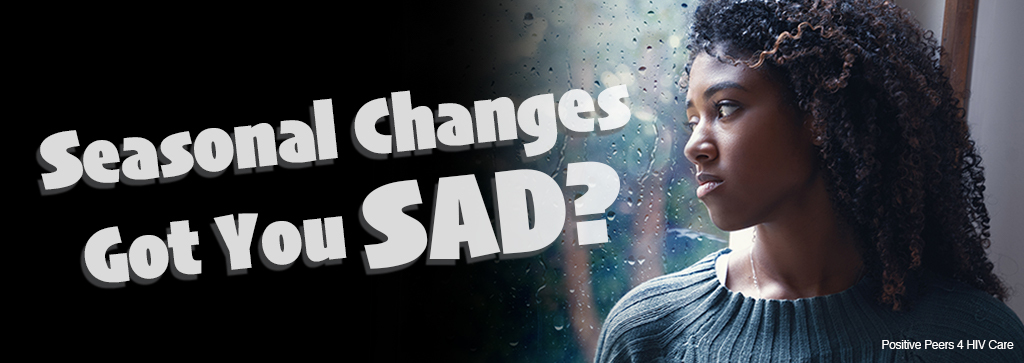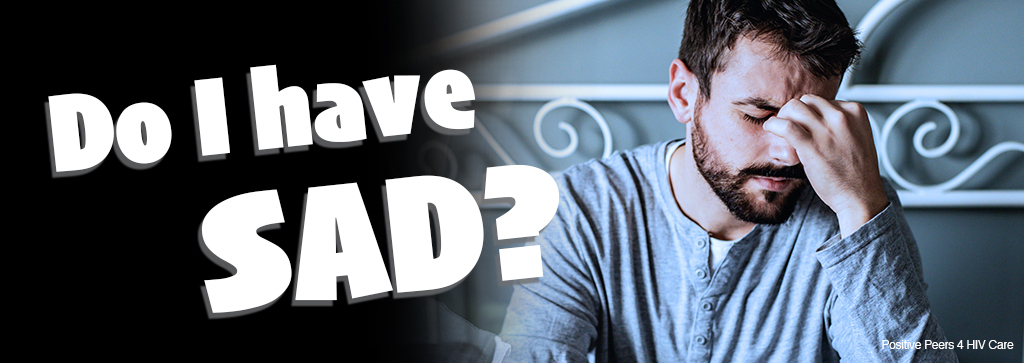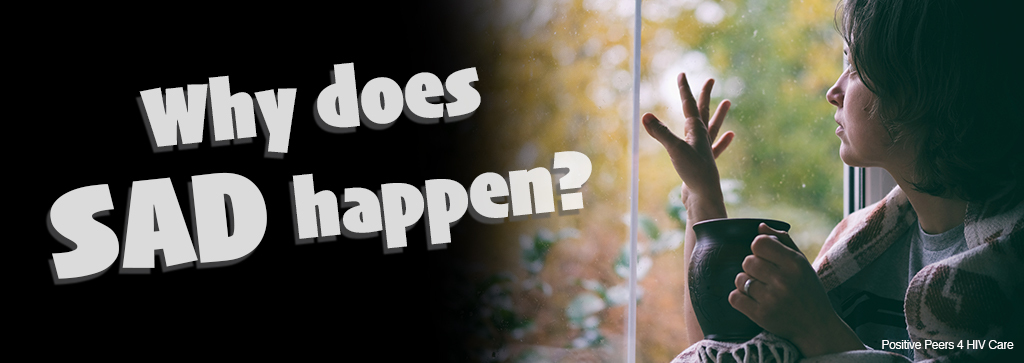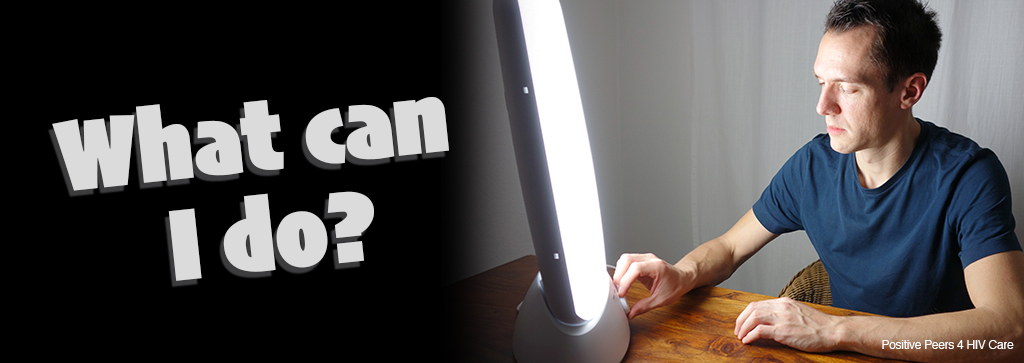
By: Ann K. Avery, MD, Infectious Disease Physician at MetroHealth Medical Center
Winter is coming. ❄️❄️❄️ Although seasonal weather changes are different depending on where you live, these changes can affect our moods. 😒 For some people, the weather they see outside their windows can negatively impact the way they feel as they go about their daily lives.
When depression related to seasonal changes sets in, it can make you feel moody and drain your energy. 😩 This type of depression is called Seasonal Affective Disorder (SAD) and can happen with any change of seasons. If you're like most people, SAD usually starts in the fall and can continue for most of the winter.

Do I have Seasonal Affect Disorder?
SAD can look like several things:
- Depression
- Low energy
- Loss of interest in activities
- Oversleeping
- Difficulty concentrating
- Feelings of hopelessness, worthlessness, and guilt
- Increased thoughts of death and suicide
It’s important to know that lots of people experience SAD. You’re not alone. 🤗
ALSO READ: 7 mental health podcasts to show you’re not alone

Why does Seasonal Affect Disorder happen?
Seasonal Affective Disorder was first recognized in the 1980s following research performed by the National Institutes of Mental Health. 🧐 Though some researchers in recent years have questioned Seasonal Affective Disorder and its symptoms, other researchers have categorized SAD as a major, yearly occurring depression much more debilitating than the "winter blues." 🥶
SAD, scientists believe, is caused by the seasonal decrease in daylight hours 🌅 that disrupts circadian rhythms. This decrease in daylight leads to a drop in the mood-regulating neurotransmitter serotonin and disrupts the balance of melatonin. Living further from the equator poses a greater risk due to an even bigger decrease in sunlight exposure.

What can I do?
Several treatments are available for SAD, often consisting of one or a combination of these options in consultation with your doctor or mental health provider:
- Phototherapy: This treatment involves the patient sitting in front of a lightbox for 20-60 minutes per day during the winter months. Patients keep their eyes open while avoiding looking directly at the light. (Most lightbox manufacturers filter out UV light because of potentially harmful effects.) Consult your mental health provider before beginning phototherapy because, in some instances, too much light can trigger a manic episode.
- Psychotherapy: Cognitive behavioral therapy (CBT) - a form of talk therapy that takes a practical, problem-solving approach to changing thoughts and behavior - has been shown to reduce symptoms of SAD after eight to ten weeks. Therapeutic gains made through CBT can persist longer than those achieved with medication.
- Medication: A common family of antidepressant medications known as SSRIs (selective serotonin reuptake inhibitors), along with another antidepressant called bupropion (Wellbutrin), has been shown to reduce SAD symptoms. These are generally well tolerated with HIV medications.
ALSO READ: HIV, the brain, and depression
Seek a resource or tactic that can help you cope.
It's important to connect with your doctor or mental health professional 👩🏽⚕️ to help navigate the ups and downs of SAD. 🎢 Along with treatment, reach out to friends and family—on a phone call or to share a meal—who will listen and support you.
And, of course, your Positive Peers community is here for you. You don't have to be alone. We're always here to help, only one click away. 🤝🤗💜 Register for the Positive Peers app today!